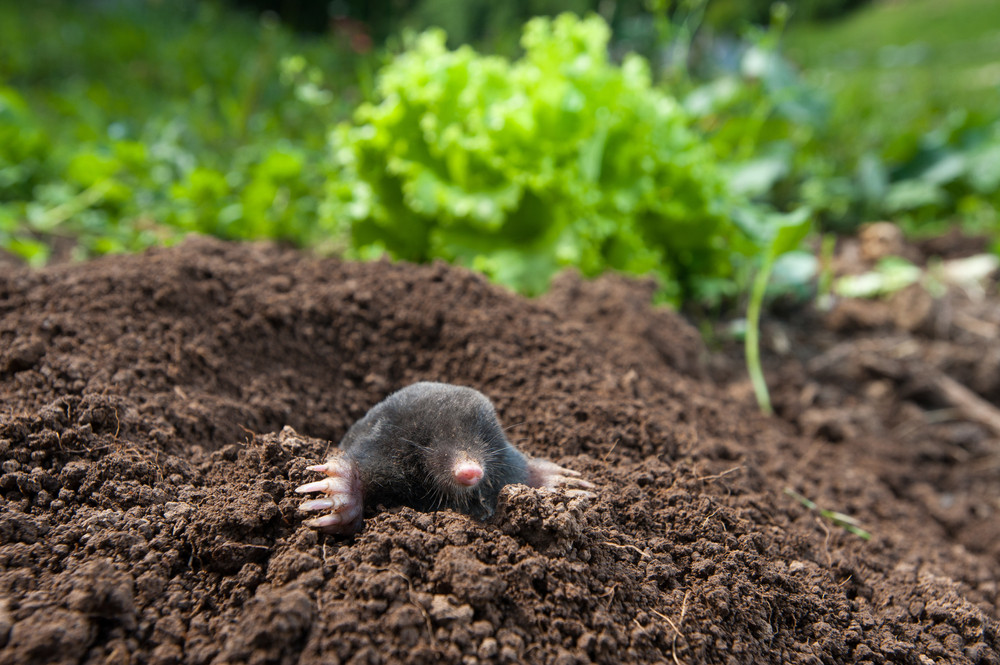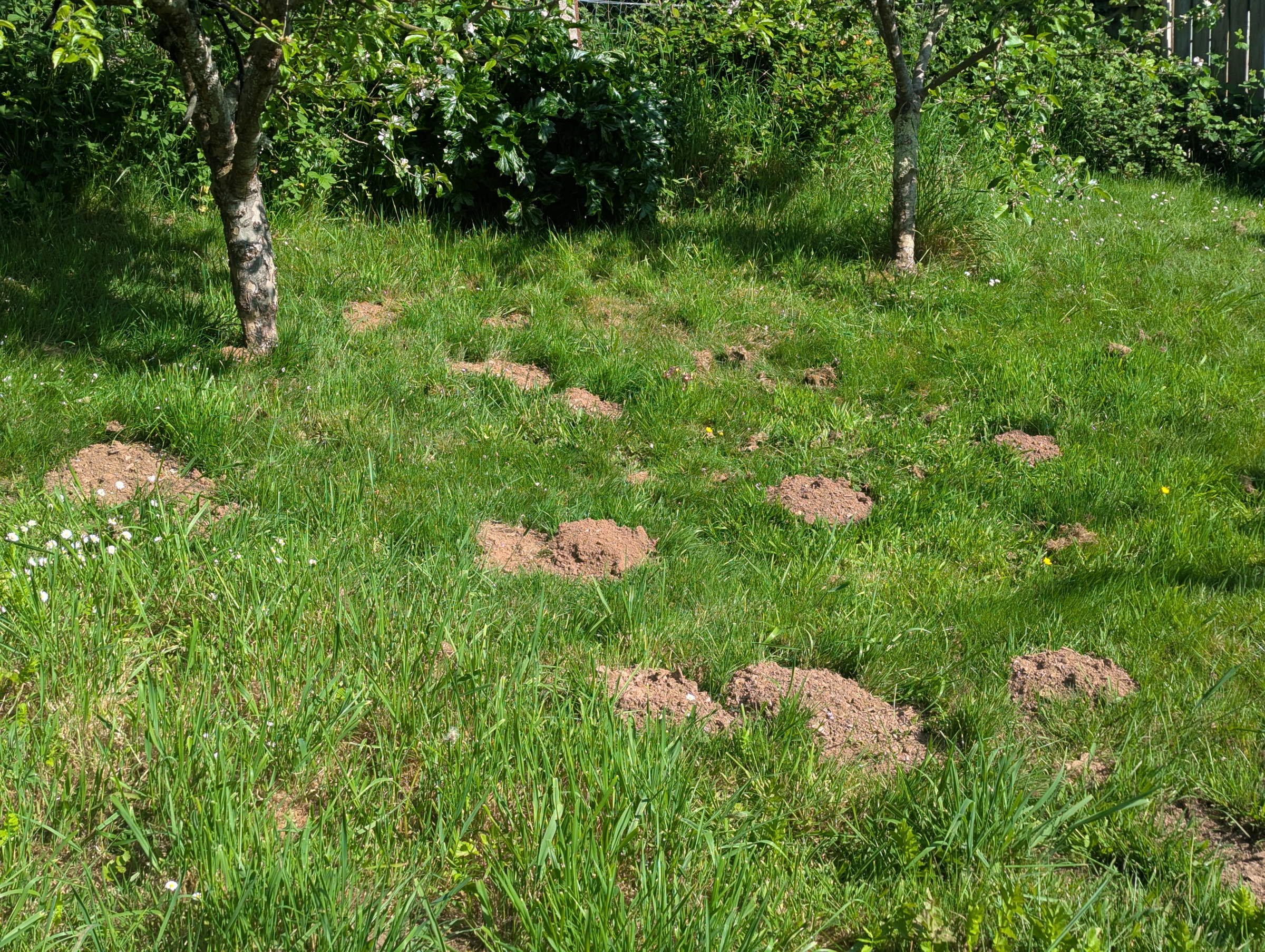Moles : Friends or Foes

Moles are among the most frustrating intruders in a carefully tended vegetable garden. Their unsightly molehills, labyrinthine tunnelling systems, and occasional disruption of plant roots can drive even the calmest gardener to despair. But before declaring all-out war, it’s worth understanding a little more about these elusive creatures and considering the best approach—whether it's deterrence, removal, or even a touch of appreciation.
Understanding the Enemy
Moles aren’t rodents, as many assume—they're insectivores, feeding primarily on earthworms, beetle larvae, and other underground invertebrates. For the vegetable gardener, this is a double-edged spade. On the one hand, moles help keep populations of pests like wireworms, cutworms, and leatherjackets under control. On the other, their constant digging can uproot seedlings and disturb root systems, wreaking havoc on your garden planner's best-laid plans.
Sound, Smell, and Supposed Solutions
Traditional mole deterrents often play on the animal’s acute senses, particularly sound and scent. A timeworn trick involves placing an empty bottle upside down in a mole run, allowing the wind to hum across its neck and produce vibrations that irritate moles. Similarly, a plastic bottle rattling against a stake can create unpleasant noise.
Scent-based methods include soaking a rag peppermint oil or inserting prickly brambles into the mole runs. Another natural option is planting caper spurge (Euphorbia lathyris), a plant whose roots are thought to repel moles due to their unpleasant taste and odour.
However, success rates with these methods are highly variable. Much depends on the soil type, the persistence of the mole, and whether the deterrents are placed correctly.

The Deadly Deterrent
For those who favour a more direct approach, consider enlisting the help of feline friends. A garden patrolled by cats—particularly more than one—can become a no-go zone for moles. Cats are natural hunters, and moles are among their underground prey. Not only will this help control mole numbers, but your cats might also keep other pests, such as mice and rats, at bay—protecting your crops and your harvest.
A Gentle Approach
For the more wildlife-conscious gardener, there is a humane alternative. If you’re willing to put in a bit of effort, venture into the garden at dawn or dusk, when moles are most active. Look for fresh mounds of soil or signs of movement. With patience, you may catch the mole in action. Carefully dig it out, place it in a bucket, and release it into a nearby hedgerow or wild patch, far from your vegetable beds. This hands-on method demands time and vigilance but avoids harm to the animal.
A Silver Lining
Despite their reputation, moles can play a beneficial role in the garden. By preying on harmful larvae, they help restore a natural balance. Their tunnelling, though disruptive, improves soil drainage—especially in wetter areas—and the fine, crumbly soil they push to the surface makes an excellent topdressing for lawns or seedling beds. As you refine your allotment or backyard, use your garden planner, to earmark a wild section of the garden where moles can roam undisturbed, away from your precious vegetables.
Final Thoughts
Moles are a classic example of nature’s complexity: both helpful and harmful, depending on your perspective. While it's tempting to reach for quick fixes, a combination of understanding, deterrence, and tolerance may offer the most rewarding outcome. By adapting your approach, you can keep your vegetable garden productive while coexisting—at least partially—with its underground residents.


